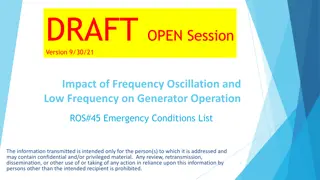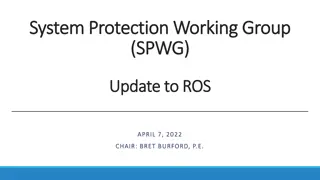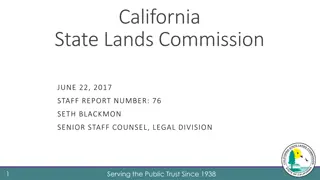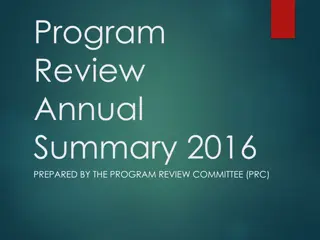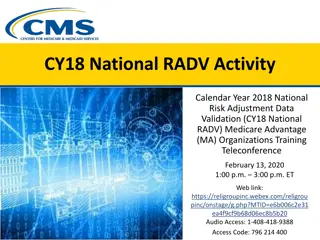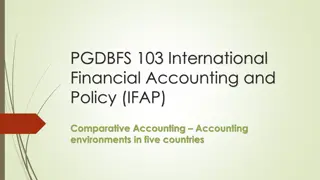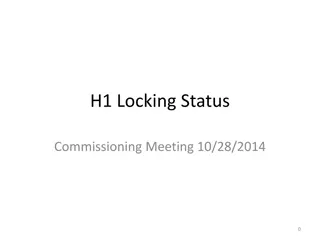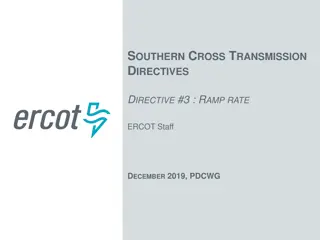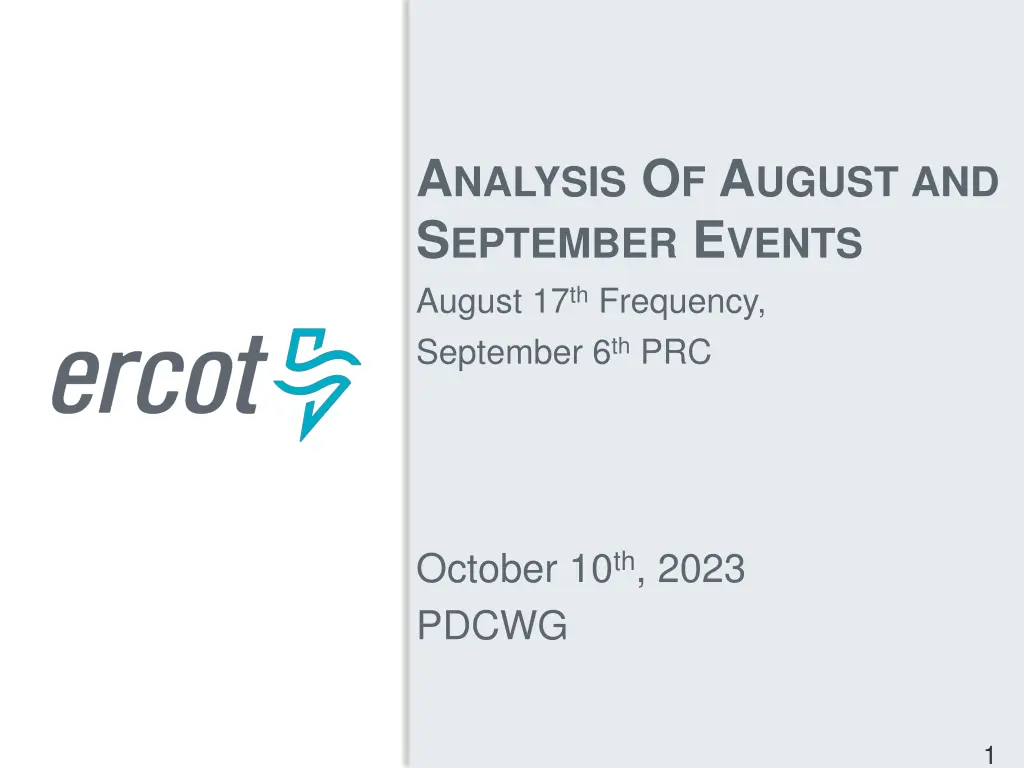
Energy Resource Analysis for August and September Events
Explore the detailed analysis of frequency deviations and physically responsive capacity during specific events in August and September, highlighting key findings and corrective actions taken in the power grid system.
Download Presentation

Please find below an Image/Link to download the presentation.
The content on the website is provided AS IS for your information and personal use only. It may not be sold, licensed, or shared on other websites without obtaining consent from the author. If you encounter any issues during the download, it is possible that the publisher has removed the file from their server.
You are allowed to download the files provided on this website for personal or commercial use, subject to the condition that they are used lawfully. All files are the property of their respective owners.
The content on the website is provided AS IS for your information and personal use only. It may not be sold, licensed, or shared on other websites without obtaining consent from the author.
E N D
Presentation Transcript
ANALYSIS OF AUGUSTAND SEPTEMBER EVENTS August 17th Frequency, September 6th PRC October 10th, 2023 PDCWG 1
REVIEW OF FREQUENCY DURING AUGUST 17TH PUBLIC
August 17th Frequency Deviation Additional 93 MW RRS released, 7:34pm. 800 MW RRS released, 7:09pm. 8/17/2023 System Frequency 60.03 60.02 60.01 60 Frequency [Hz] 59.99 59.98 59.97 59.96 59.95 59.94 59.93 6:21:36 PM 6:36:00 PM 6:50:24 PM 7:04:48 PM 7:19:12 PM 7:33:36 PM Timestamp 7:48:00 PM 8:02:24 PM 8:16:48 PM 8:31:12 PM 2). Significant expected generation deviation. 3). Multiple ESRs rapidly reduced output, totaling 160 MW. Corrective action submitted. 1). 365 MW Unit trip, 6:51pm. 3 PUBLIC
August 17th Expected Generation Deviation Minimum PRC of 2912.4 MW occurred at 7:35 (Frequency: 59.956 Hz) Total Average Expected Generation Deviation Average Resource Deviation Interval Units Contributing Combined Cycle 7:10 7:15pm -178.1 24 -7.4 Thermal 7:10 7:15pm 7:35 7:40pm -221.0 -295.0 38 15 -5.8 -19.7 ESR ERCOT observed expected generation deviation across all dispatchable resource types. 4 PUBLIC
REVIEW OF PRC DURING SEPTEMBER 6TH PUBLIC
Physically Responsive Capacity (PRC) PRC is a representation of the total amount of frequency responsive Resource capability On-Line in Real-Time. Per Nodal Protocol Section 6.5.7.5, PRC is the sum of 8 components PRC = PRC1 + PRC2 + PRC3 + PRC4 + PRC5 + PRC6 + PRC7 + PRC8 PRC1: maximum of 20% of an On-Line Generation Resource s frequency responsive headroom. PRC2: maximum of 20% of an On-Line Wind Generation Resource s (WGR) headroom. Only WGRs with PFR capability are included. PRC from Generation PRC from Hydro PRC3: hydro-synchronous condenser headroom PRC4: RRS supplied from Load Resources carrying ECRS Ancillary Service Resource Responsibility PRC5: capacity from Controllable Load Resources active in SCED and carrying Ancillary Service Resource Responsibility PRC6: capacity from Controllable Load Resources active in SCED and not carrying Ancillary Service Resource Responsibility PRC from Load Resource PRC from ESRs PRC7: capacity from Resources providing FFR PRC8: capacity from ESR capable of providing PFR. 6 PUBLIC
September 6th PRC Summary between 7:10 - 7:40pm Of the 2600 MW of PRC available at 7:25pm, ERCOT determined that 534 MW of PRC from 47 generators may be suspect. Initial analysis of PRC has revealed: Thermal/CC Generation Resources were operating at/near the top of their capability and were telemetering HSLs that made it look like there may be frequency responsive headroom. Curtailed wind generation with HSLs indicating PFR headroom that was not received. ESRs with HSLs that may not have been obtainable due to SOC. 7 PUBLIC
RFI Summary Status RFI s have been sent to investigate incorrect HSL/PRC estimation, PFR capability, and ESR SOC. RFI s have been sent to 32 QSE s for these events. Main RFI Questions: Reasons for resources operating below expected generation level. Were the telemetered HSL values an accurate representation of the resource s maximum generating capability? Why did the resource fail to provide PFR? Does the resource have the capability to temporarily pause ramping with the Updated Desired Base Point (UDBP)? Questions regarding FFR headroom and response. 8 PUBLIC
QUESTIONS? PUBLIC 9



